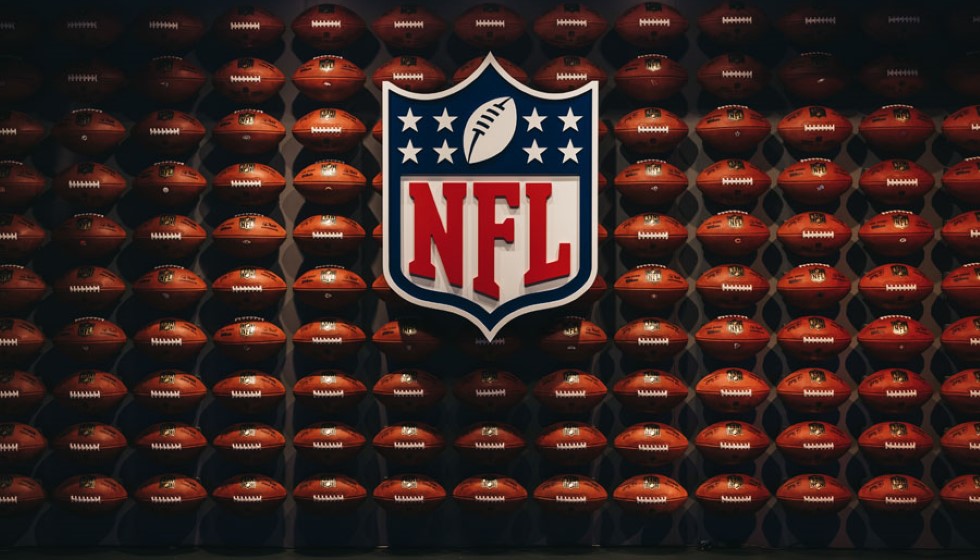
The NFL supplemental draft, long seen as a last-chance avenue for players to enter the league after missing the standard draft, will once again be absent from the NFL calendar in 2024. Since its inception in 1977, the supplemental draft has provided a vital opportunity for certain prospects, but its relevance has waned in recent years.
Dormancy Continues
After being a staple in the NFL’s offseason schedule for decades, the supplemental draft has been dormant since 2020. The last time teams convened to make selections was in 2019, when the Arizona Cardinals picked safety Jalen Thompson in the fifth round. Since then, no players have had the chance to be selected through this alternate draft mechanism, casting a shadow on what was once an exciting, if not niche, aspect of team-building strategy.
Historical Perspective and Changes
Historically, the supplemental draft spans seven rounds, mirroring the structure of the regular NFL Draft. Teams are categorized for selection order based on their performance from the previous season, ensuring that those with poorer records have first dibs on available talent. However, the twist in this drafting process lies in its impact on the following year: if a team decides to make a pick in the supplemental draft, it forfeits its equivalent selection in the next year’s regular draft. This rule has always added an extra layer of strategic consideration for the teams.
The dynamics of the supplemental draft expanded significantly in 1993 when the NFL broadened the parameters to include players who had never attended college. This change aimed to widen the pool of eligible players, further emphasizing the league’s commitment to providing multiple pathways for talent to enter the NFL.
Recent Trends and Implications
The absence of the supplemental draft since 2020 raises questions about its future relevance. In the last attempted draft, two eligible players went undrafted, highlighting a possible shift in team strategies and evaluation methods. The fact that holding a supplemental draft in 2024 has already been ruled out indicates a sustained shift in the NFL’s operational focus.
For teams like the Arizona Cardinals, who have previously utilized the supplemental draft to secure talents like Jalen Thompson, the continuous dormancy of this draft could mean exploring other avenues to scout and acquire potential game-changers. The ongoing pause also suggests that the league feels confident in the primary draft’s ability to encompass all necessary talent acquisition needs.
A Fading Tradition?
Despite its prolonged dormancy, the supplemental draft will always hold a unique place in NFL history. Established in 1977, it has seen players who, due to various circumstances, missed the regular draft foray into the NFL. Over the years, it has produced notable selections and contributed to the ever-evolving storyline of how NFL teams build their rosters.
The decision to keep the supplemental draft on hiatus in 2024 could be reflective of the changing landscape in player evaluation and the increasingly sophisticated scouting methodologies. Teams now rely heavily on technology and expanded scouting networks, which might render the supplemental draft less critical than it once was.
As the NFL continues to evolve, the future of the supplemental draft remains uncertain. While its practical utility might have diminished, its historical significance and the unique stories of players who used it as a stepping stone to NFL careers will endure. For now, the focus remains squarely on the regular draft, which continues to serve as the premier platform for incoming football talent.